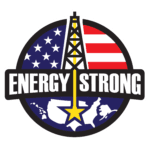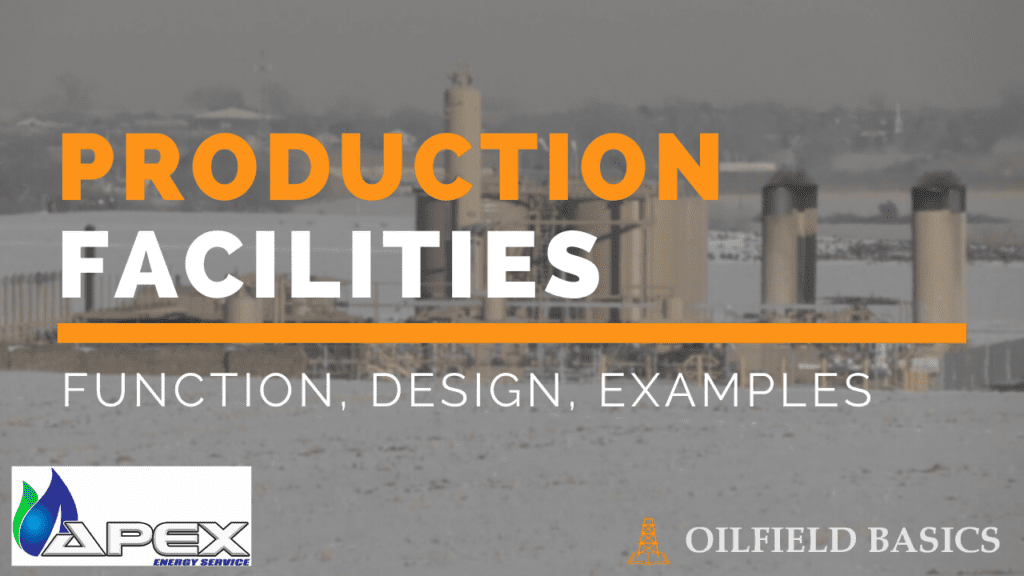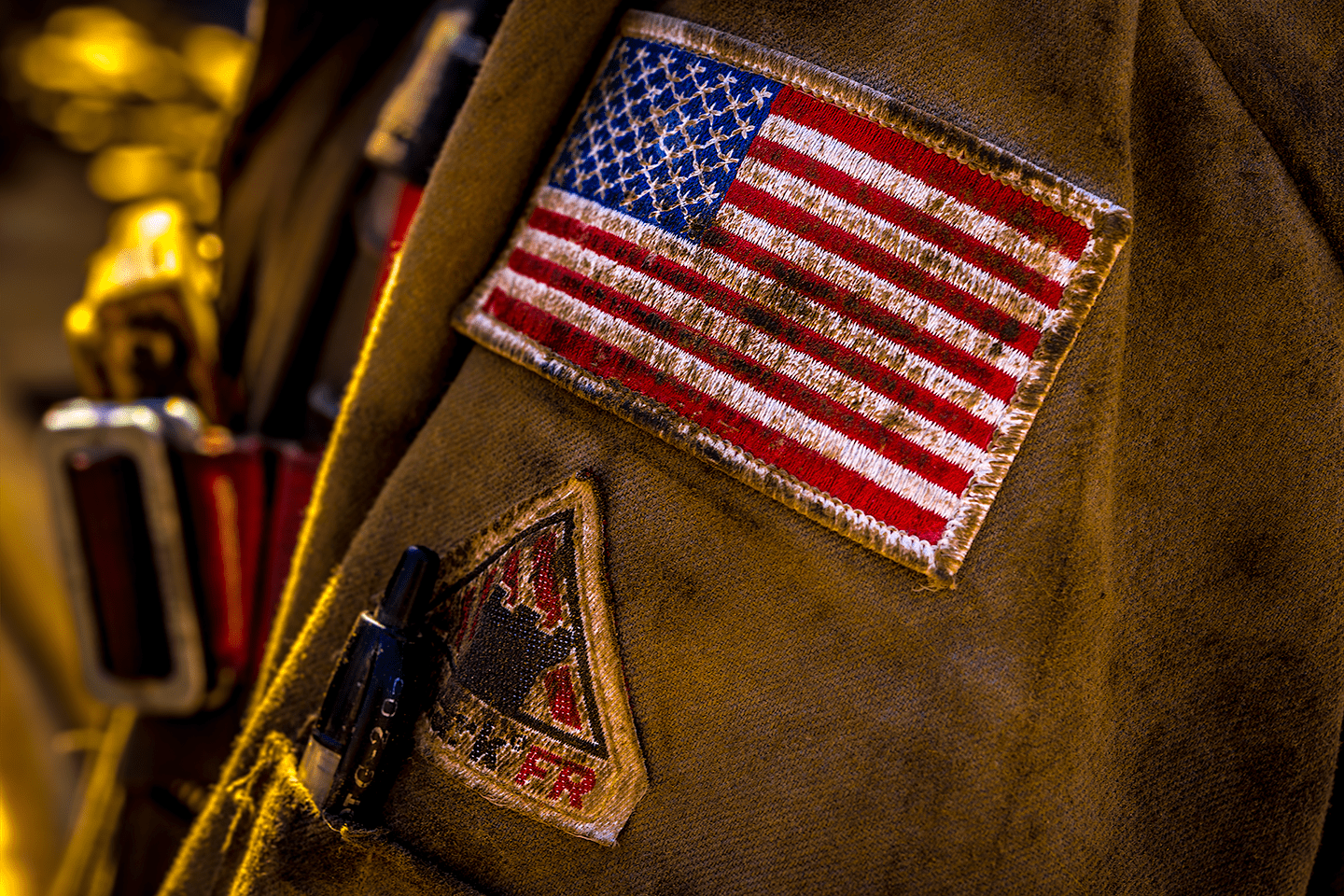In this Oilfield Basics video, we learn the basics of oil and gas production facilities. To summarize, these facilities must separate, treat, and store (or ship) everything that came out of the well(s). In this video, we also review why facilities differ from each other, common components, examples, and ongoing initiatives in industry design.
0:00 Introduction
0:45 Purpose & Function
2:15 Design Factors & Considerations
5:35 Common Components
6:27 Examples
8:15 Facility Initiatives Today
8:51 Conclusion
Outline
- Purpose/function
- Take what comes out of the well(s), measure production volumes, and make it sellable.
- Oil, gas, water, and various impurities can flow out of a well.
- Revenue generating products must be separated and measured. This is how oil & gas companies get paid and also how they pay royalty owners.
- The facility prepares the sellable products for midstream companies to transport, refine, and sell it to downstream markets.
- The facility separates, treats, and stores (or ships) everything that came out of the well(s).
- Background
- Facilities can differ due to many factors
- Well pressure
- Well production volumes (oil, gas, water)
- Number of wells
- Composition of wellbore fluids (including amount of impurities)
- Midstream requirements
- Federal, state, and local requirements
- Mineral/royalty ownership
- Operator preferences – how and where they wish to perform the actions mentioned under “purpose/function”
- Local available infrastructure
- Complexity
- Complexity and size vary
- Adequate spacing must be provided between each piece component
- Facilities can differ due to many factors
- Components
- Primary/common
- Separators (heated/unheated, vertical/horizontal, 2-phase/3-phase/4-phase, etc.)
- Measurement (meters – often allocation and custody transfer meters included)
- Storage (ex. tanks)
- Additional gas processing (ex. dehydration systems)
- Accessories
- Compressors
- Combustors/flares
- Pipes & valves
- Pumps
- Pigging equipment (to keep midstream lines clear)
- Electrical equipment (ex. generators, transformers, breakers)
- Control systems/automation
- Heaters/coolers/heat exchangers
- Filters
- Primary/common
- Examples
- An unlimited number of examples exist
- Legacy – separator, tank, gas meter
- Emissions controlled – separator, tank, VRT, VRU, combustor, meter
- Centralized
- Facility by well(s) might just include separator (for accounting)
- Production streams commingled and sent to centralized battery in field or on lease
- Centralized facility could include separators, tanks, emission control devices (VRU, combustor/flare, etc…), gas processing/conditioning equipment, meter, and accessory items
- Facilities today
- Many companies striving to:
- Reduce footprint
- Reduce emissions
- Increase safety (often with automation)
View on Oilfield Basics


